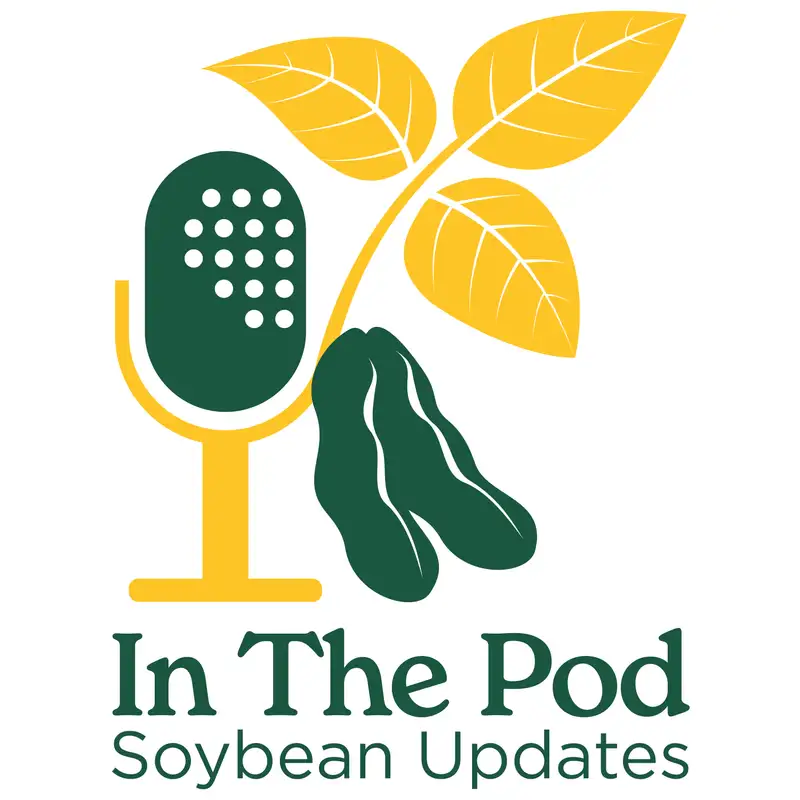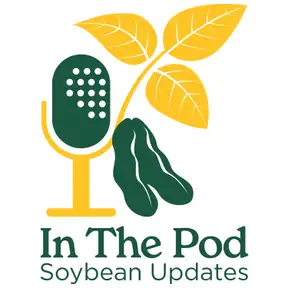08/28/25 Making Every Drop Count: Irrigation and Dryland Soybeans in Western North Dakota
You're listening to In The Pod, soybean updates, a weekly trek into the latest soybean information from NDSU Extension. Soybeans in North Dakota are not treated equally, at least by the weather and soil types. Western North Dakota can be very different from the eastern side of the state. Here to give us an update on western soybeans is Gautam Pradhan, NDSU research agronomist. Gautam, tell us about your work at the NDSU Williston Research Extension Center.
Gautam Pradhan:Thanks for having me, Bruce. I'm glad to be here and share some updates with your listeners. I am a resource agronomist at NDSU Williston Research Extension Center where I have been since 02/2014. I focus on developing, testing, and sharing technologies that improve crop yield, input use efficiency, and resilience in the semi arid conditions of Northwestern North Dakota. Through this podcast, I want to acknowledge the North Dakota Soybean Council and all the ND soybean growers. Their check of dollars have allowed us to conduct experiments and provide practical research based insights for soybean growers in Western North Dakota.
Bruce Sundeen:What are the key things irrigated soybean growers should keep in mind this season?
Gautam Pradhan:Well, our resource shows crops are most sensitive to water stress during the part development stage. Witch holding irrigation at this time can reduce yields by up to a third. On the other hand, reducing water during seed filling or maturity has minimal impact. So if water is limited, focus irrigation on pod development. And if water is available, you can still conjure this scarce resource by holding back during the later stages.
Bruce Sundeen:Any tips on managing soybeans on dry land no till fields?
Gautam Pradhan:Of course, there are. Our multiyear experiments show that for dry land no till field planting soybean in narrow roads, such as seven and a half inches, give the best results. Wider roads, such as fifteen, twenty two and a half, and 30 inches, often reduce yield. Since soil moisture is the biggest limiting factor under rain fed conditions of Northwestern North Dakota, narrow roads help the crop make the most of available water throughout the season even if the canopy does not fully close. We also found no advantage to using seed treatments under these conditions, which can help save input costs.
Bruce Sundeen:Gautam, how is the soybean crop shaping up this year in Western North Dakota?
Gautam Pradhan:Early in the season, soybeans were slow due to cooler temperatures even with irrigation. Since late July, warmer weather and frequent rains have pushed growths. Right now, the crop looks strong and healthy, and we are expecting a promising harvest even on rain fed acres.
Bruce Sundeen:Thanks, Gautam. Our guest has been Gautam Pradhan, NDSU research agronomist. You're listening to In the Pod, soybean updates, a weekly trek into the latest soybean information from NDSU Extension supported by the North Dakota Soybean Council.

